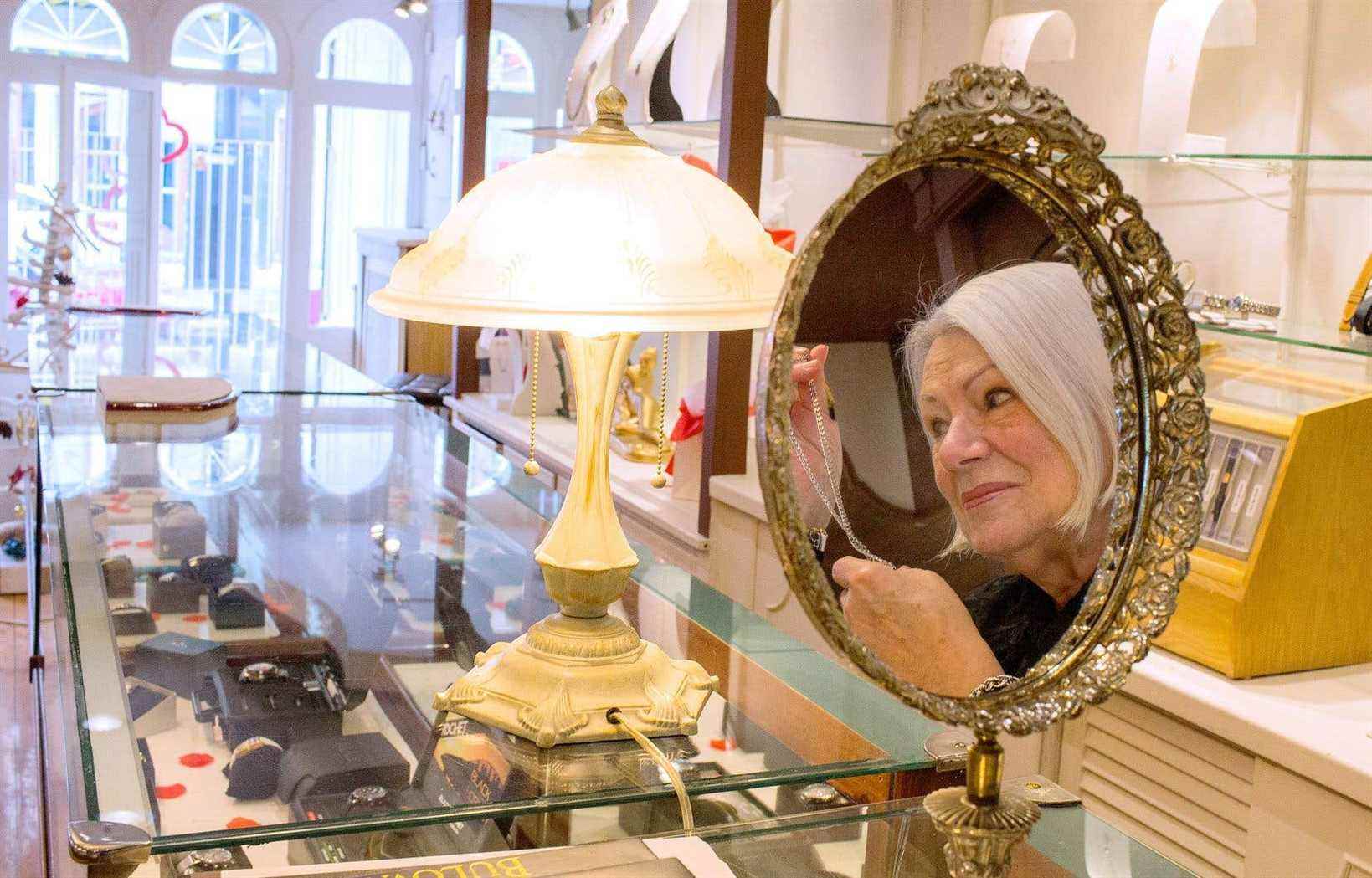After 168 years of existence, the oldest jewelry store in Quebec will close its doors on February 15. Located on Ontario Street in Montreal, the Léger Saint-Jean jewelry store will thus remain, for a few more weeks, one of the rare businesses witnessing the socioeconomic transformations of the metropolis since the time of United Canada.
“It was not an easy decision, but I had to make it,” says Monique Blanchard, owner of the Léger Saint-Jean jewelry store. Installed behind the counter, the 77-year-old lady explains that the pandemic has nothing to do with it.
This is a personal reason that drives her to close this small business founded in 1854, located a stone’s throw from the Saint-Jacques market. “In fact, my husband is in hospice care. It all happened quickly. Life passes quickly, and I said to myself that I had to move on, ”says the one who has been dividing her days between the jewelry store and the hospital for several weeks now.
Between the passages of two clients, Mme Blanchard displays a few photos on the counter, several of them in black and white: “You see, the decor has changed over the years, but the counters have remained the same. These are the period counters. “
And it is behind these wooden furniture, adorned with hand-carved flourishes, that appear tools whose origin dates back to another era: screw lathe, ram milling cutter, balance, pliers, mandrels… Questioned on their operation , Mme Blanchard lets out a laugh: “I have to be frank, I don’t know how it works. It dates from long before the arrival of quartz watches. “
At the forefront of urbanization
Mme Blanchard knows that with the closure of the jewelry store, one of the few Quebec retailers who can boast of having gone through two world wars, as many pandemics, as well as a multitude of economic crises, including the Great Depression of the 1930s, disappears. The Léger Saint-Jean jewelry store is one of the few Quebec retailers that saw the light of day before the signing of Canadian Confederation.
Consequently, the company is a rare witness to a particular era in Quebec: that of the urbanization of Montreal. During the second half of the XIXe century, the occupation of the territory of the island of Montreal generally involves the purchase of agricultural land by promoters, who subdivided them before reselling them to small owners.
“Industrialization has led to a demographic boom, and many peasants have left the countryside to settle in the city”, explains Jean-François Leclerc, historian and museologist. Ontario Street, named after one of the Great Lakes in 1842, was created as a result of land speculation located on either side of De Lorimier Avenue.
This is the era of small urban villages. “We reproduced the model of the rural village in an urban context, with its institutional core and its main street,” explains Jean-François Leclerc. And it is often around these main streets that the life of the community revolves.
Expansion strategy
He adds: “A church was built there, sometimes a convent and a school, the notables settled there and, of course, local shops. This is the case, for example, in certain sections of rue Ontario, but also rue Beaubien, in La Petite-Patrie, and Wellington, in Verdun, ”explains Mr. Leclerc.
These local shops had to adapt to the XXe century after the arrival of department stores and chains like Steinberg. But other social phenomena have also had a major impact. “We can think of the advent of the car, of the wealthier families who moved to the suburbs and their shopping centers,” he notes.
To survive, some of the few retailers of the time relied on expansion. This is the case of the Simons company, founded in 1840. For its part, the Léger Saint-Jean jewelry store has focused on proximity. “I joined the company in 1970 as a sales clerk. I worked twelve years before buying back from the estate when the owner died [descendant du fondateur]. I already knew the families in the neighborhood ”, says Mme Blanchard, adding that “it has always been a neighborhood business”.
She indicates that the closure is experienced with difficulty for some customers who have always frequented the establishment: “As recently as this morning, one of them started to cry when I told her that we were closing. She said to me: “I cannot believe, Monique, that you are going to leave us”. I’m telling you, we are unforgettable. “
